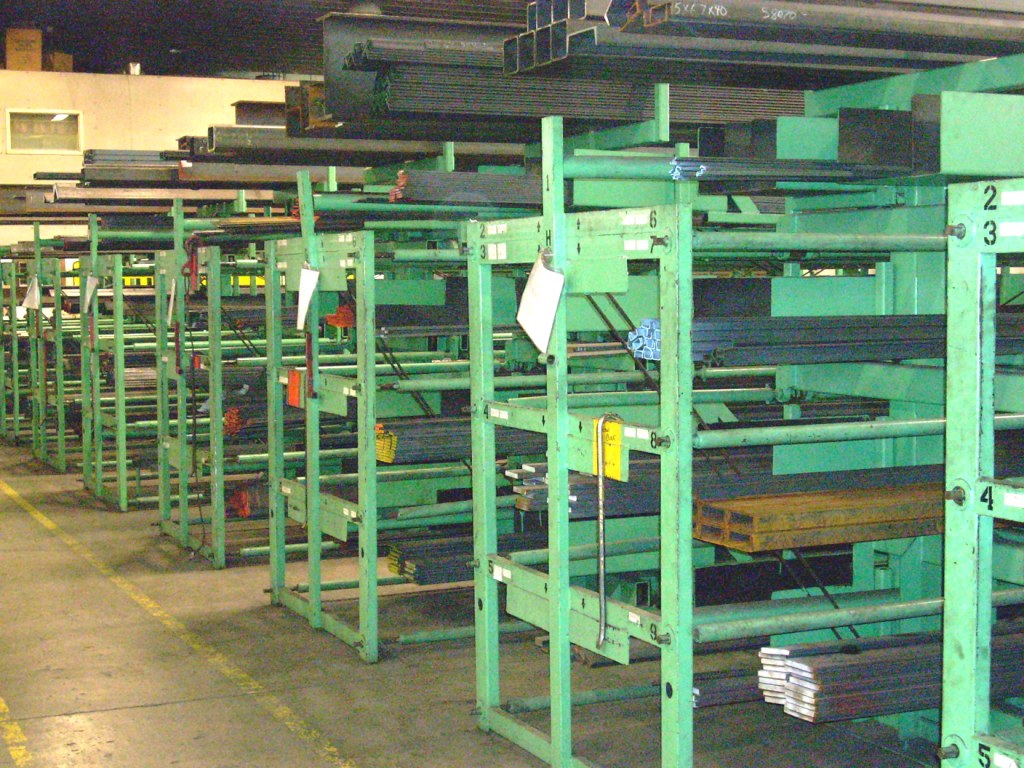A Brief History of Manufacturing: Past to Modern Day
A Brief History of Manufacturing: Past to Modern Day

Manufacturing has a long history in the United States. Prior to the late 1700 and early 1800s, manufacturing was drastically different than how we think of it today.
Every year on the first Friday in October, the country comes together to celebrate Manufacturing Day; a day to inspire the next generation of manufactures and educate the public on the role manufactures play in our daily lives and communities.
If you’ve ever seen living history, you’ll recall craftsmen and women talking about their specific trades. Household and individual manufacturing efforts began during these times, but it wasn’t until the Industrial Revolution that key innovators emerged.
Oliver Evans introduced the automatic flour mill in 1785, while in 1792 Eli Whitney invented the cotton gin. Ships, flour mills, printing presses and sawmills were able to power their devices when Oliver Evans introduced a high-powered steam engine for multiple uses.
Car manufacturing began in the U.S with the Ford Motor Company producing the first Model T on their assembly lines. Following World War II, women entered the workforce as part of the war effort, bringing change the manufacturing industry. Much of the property experienced by the United States after the second World War can be tied to a booming sector. In 1981, the first computer was introduced to the public by IBM, leading the way for future technological projects.
In the 2000s, 3-D printing became advanced enough that companies around the world incorporated it into their daily operations and the U.S. Manufacturing Enterprise Integration Act was enacted, which allows for development of Smart Manufacturing Infrastructure.
Every year on the first Friday in October, the country comes together to celebrate Manufacturing Day; a day to inspire the next generation of manufactures and educate the public on the role manufactures play in our daily lives and communities.
If you’ve ever seen living history, you’ll recall craftsmen and women talking about their specific trades. Household and individual manufacturing efforts began during these times, but it wasn’t until the Industrial Revolution that key innovators emerged.
Oliver Evans introduced the automatic flour mill in 1785, while in 1792 Eli Whitney invented the cotton gin. Ships, flour mills, printing presses and sawmills were able to power their devices when Oliver Evans introduced a high-powered steam engine for multiple uses.
Car manufacturing began in the U.S with the Ford Motor Company producing the first Model T on their assembly lines. Following World War II, women entered the workforce as part of the war effort, bringing change the manufacturing industry. Much of the property experienced by the United States after the second World War can be tied to a booming sector. In 1981, the first computer was introduced to the public by IBM, leading the way for future technological projects.
In the 2000s, 3-D printing became advanced enough that companies around the world incorporated it into their daily operations and the U.S. Manufacturing Enterprise Integration Act was enacted, which allows for development of Smart Manufacturing Infrastructure.

